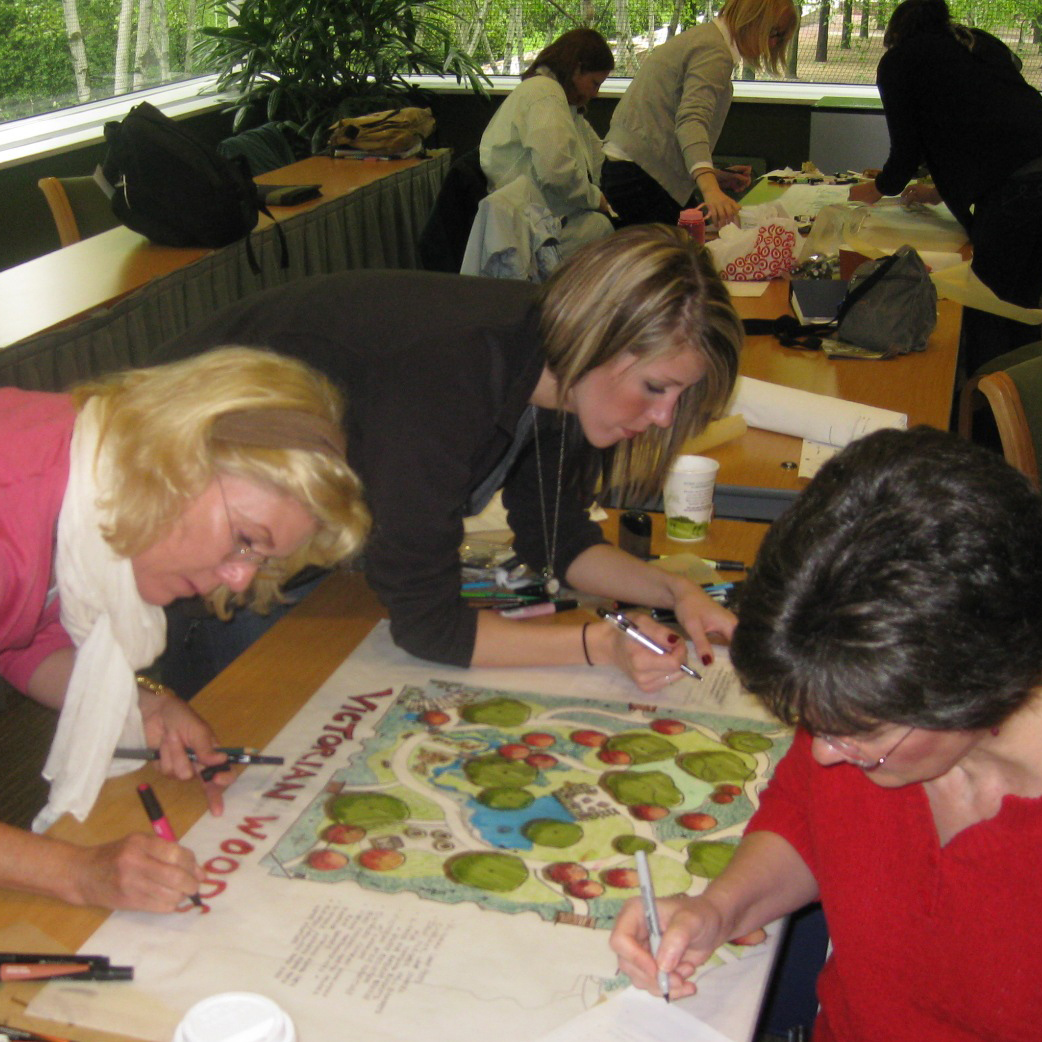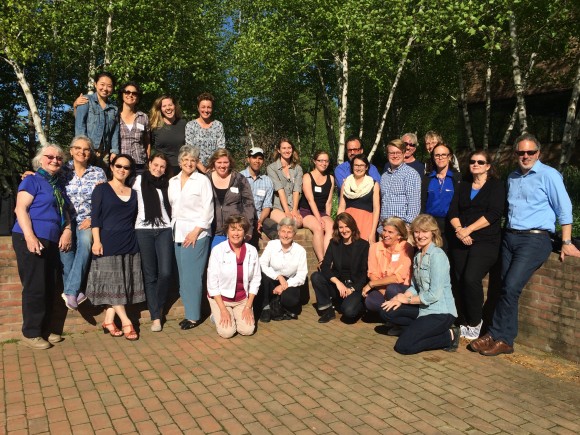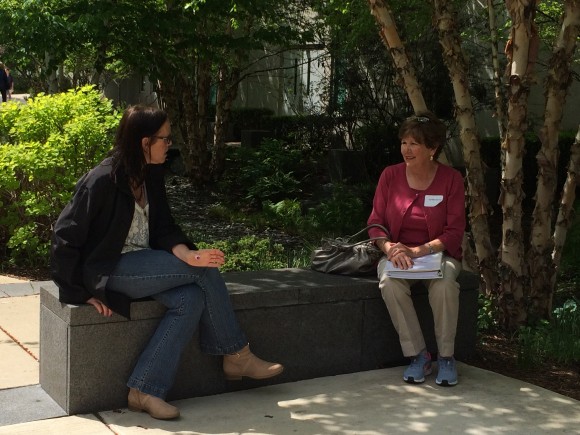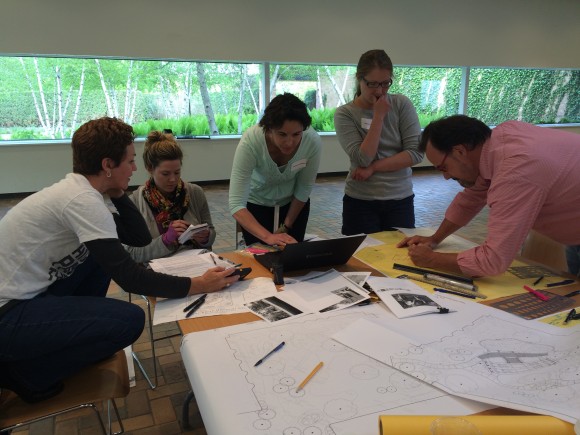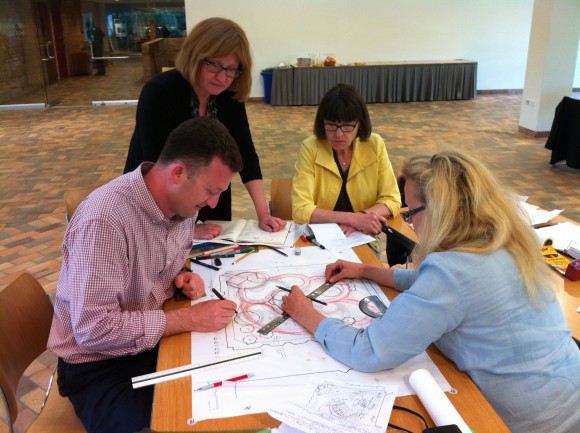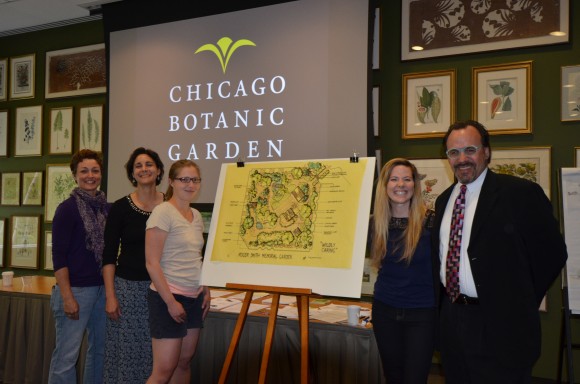This year, the Horticultural Therapy Services department consulted with a wide range of organizations to bring the healing power of nature to communities across the globe—from Illinois to the Philippines.
This past spring, the Horticultural Therapy department was contacted by Park School—a self-contained public therapeutic day program in Evanston, Illinois—to develop a plant-based therapy program alongside its staff and students. This program was generously funded by Foundation 65, the educational foundation for Evanston-Skokie School District 65.
Throughout the spring and early summer, we planted and tended an accessible, outdoor container garden as part of the students’ therapeutic curriculum.
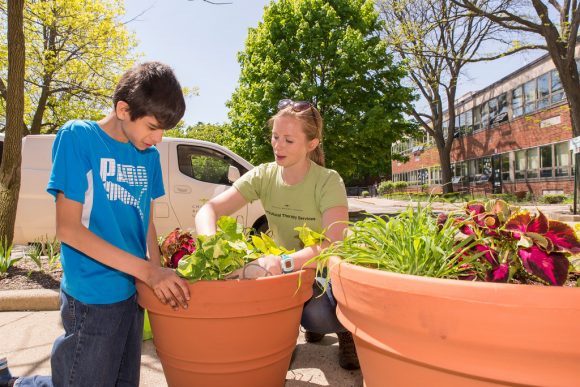
Park’s devotion to its students, community, and environmental education landed the school a grant from the GRO1000 grassroots grant project. This grant enabled Park to contract with the Chicago Botanic Garden to design a permanent sensory garden for the school.
As the design consultant, I led the garden design steering committee—comprised of Park staff; Mary Brown, Ph.D., of District 65; and Park’s PTA—through the design process, resulting in an accessible and engaging sensory garden design set to be installed on October 14 and 15.
The Park School Sensory Garden boasts elements such as an outdoor classroom with overhead pergola, accessible garden shed and raised containers, hanging sensory planters, and a memorial garden. Park School will be hosting a volunteer day on Saturday, October 15, for local community members interested in getting involved in this fantastic project. The volunteer day will run from 10 a.m. to 3 p.m. with a garden dedication at 2 p.m.
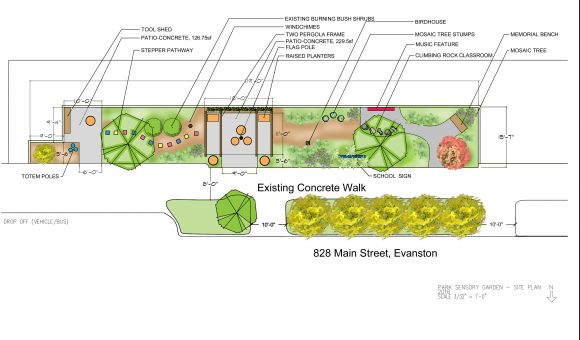
The restorative power of nature knows no bounds, and we’re fortunate to be able to provide consulting services to organizations near and far. When Rachel Jones, a Peace Corps volunteer serving in the Philippines, contacted us in early 2016 asking for design guidance, we immediately said “yes.”
Rachel works at a nonprofit organization called My Refuge House. It’s a shelter for girls who have been rescued from commercial sexual exploitation and abuse. Two years ago the shelter switched from a highly clinical track of therapy to one that is more culturally relevant and uses alternative approaches. As a professional who had previously worked with horticultural therapy, Rachel created a project and received a grant to create a healing garden on the property for group therapy and individual meditation.
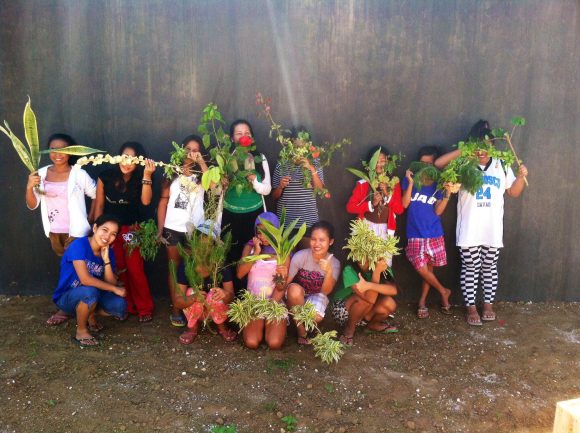
Rachel and I discussed some of the fundamental principles of therapeutic garden design, including but not limited to private and public gathering spaces, lush plantings, smooth paving, shade structure/trees, safe perimeter, moveable seating, and so on.
Rachel engaged the local community while constructing the garden. She shared a story about how she collected some of the plant material: “Today we went on a hike up the mountain, where the shelter is located, to ask people for cuttings from their plants. We met great people and they were all very generous in providing plants for our garden.” When planning a garden, involving your community is a great way to increase the ownership of a space, and the devotion to the mission.
It was wonderful to read the updates from Rachel as they came to the end of the installation.
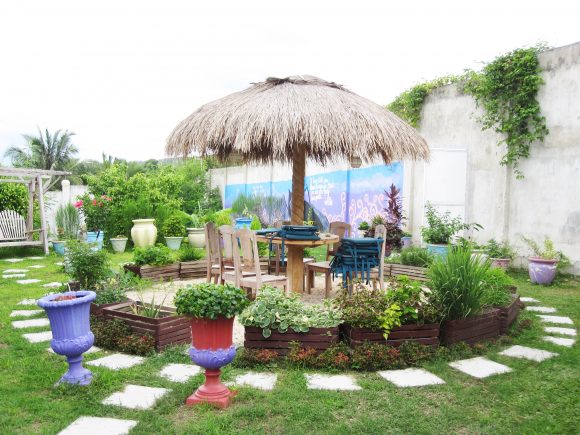
When the garden was completed, they hosted a dedication ceremony memorializing the hard work that had gone into the creation of the healing garden. It was an honor to be a resource for this incredible project, and we hope to have a powerful effect on many other communities, moving forward.
The healing power of nature, much like these projects, has no limits. Something as small as a shady nook with a gliding swing can make a world of difference for someone in need.
Find more information about the project at My Refuge House by visiting the Peace Corp volunteer’s blog.
©2016 Chicago Botanic Garden and my.chicagobotanic.org


